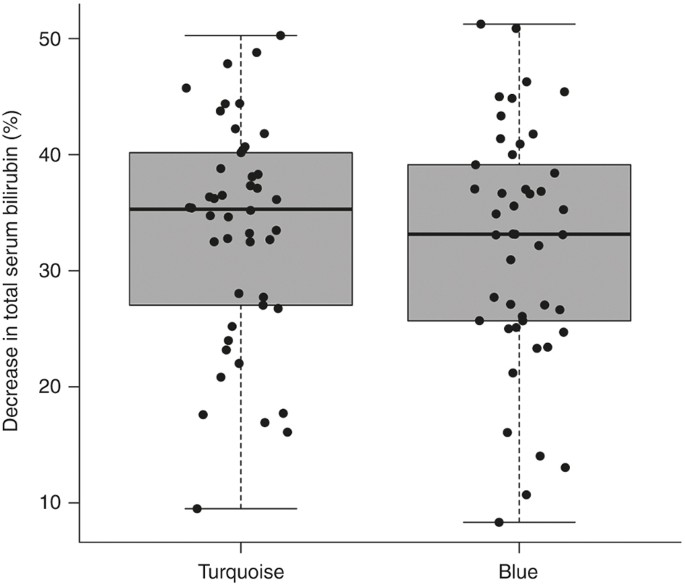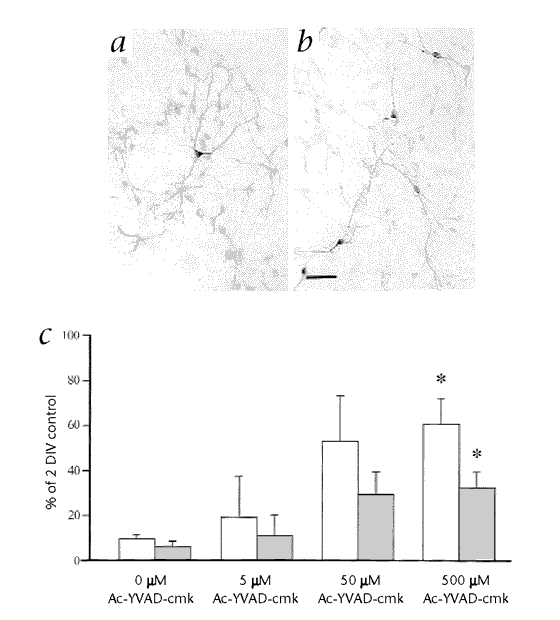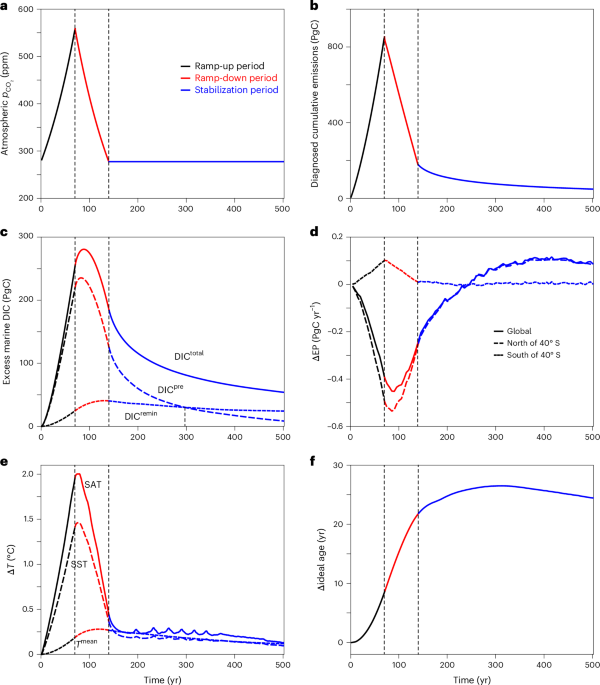- Select a language for the TTS:
- UK English Female
- UK English Male
- US English Female
- US English Male
- Australian Female
- Australian Male
- Language selected: (auto detect) - EN
Play all audios:
ABSTRACT Aim: An improved understanding of the relationship between radial and axial rigdity values would enable better appreciation of the clinical usefulness of RigiScan™, the most widely
utilized determination of erectile rigidity testing. Previous studies have shown that axial rigidity (measured by buckling forces) correlated well with radial rigidity (measured by
RigiScan™) for radial rigidity values below 60%. For radial rigidity exceeding 60%, there was poor correlation. Heretofore, there has been no physiologic explanation of this phenomenon.
Methods: During dynamic pharmacocavernosometry in 36 impotent patients, we investigated the relationship between axial buckling forces and RigiScan™ radial rigidity and, for the first time,
how they both vary with pressure, (which we varied over over a wide functional range). In addition, we recorded multiple penile length and diameter values enabling us to relate, also for the
first time, axial and radial rigidity to individual mechanical erectile tissue and penile geometric properties. Results: Marked differences were found in the manner RigiScan™ radial
rigidity units and axial buckling force magnitudes increased with increases in intracavernosal pressure values in each individual. The former asymptotically approached a maximum _finite_
value while the latter increased continuously towards _infinity._ Based on data in this study, RigiScan™ radial rigidity values greater than 55% may be considered a necessary criteria for
vaginal intromission capability in all partners but it is not a sufficient one. Conclusions: Axial and radial rigidity share a common dependency upon intracavernosal pressure, however, they
are also dependent upon other unique physical determinants. For axial rigidity, additional dependent variables include cavernosal erectile tissue properties and penile geometry, while for
radial rigidity, this may include tunical surface wall tension properties. Clinical devices which assess functional penile rigidity should utilize axial and not radial rigidity testing.
Access through your institution Buy or subscribe This is a preview of subscription content, access via your institution ACCESS OPTIONS Access through your institution Subscribe to this
journal Receive 12 print issues and online access $259.00 per year only $21.58 per issue Learn more Buy this article * Purchase on SpringerLink * Instant access to full article PDF Buy now
Prices may be subject to local taxes which are calculated during checkout ADDITIONAL ACCESS OPTIONS: * Log in * Learn about institutional subscriptions * Read our FAQs * Contact customer
support SIMILAR CONTENT BEING VIEWED BY OTHERS NOCTURNAL PENILE TUMESCENCE DEVICES: PAST, PRESENT AND FUTURE Article 10 November 2023 A NOVEL METHOD FOR HEMODYNAMIC ANALYSIS OF PENILE
ERECTION Article 10 October 2020 A WEARABLE ADAPTIVE PENILE RIGIDITY MONITORING SYSTEM FOR ASSESSMENT OF ERECTILE DYSFUNCTION Article Open access 20 September 2024 AUTHOR INFORMATION AUTHORS
AND AFFILIATIONS * Department of Urology, Boston University School of Medicine, K Park, H Sadeghi-Najed, P Salimpour, RJ Krane & I Goldstein * Department of Aerospace and Mechanical
Engineering, Boston University, College of Engineering, Boston, Massachusetts D Udelson Authors * D Udelson View author publications You can also search for this author inPubMed Google
Scholar * K Park View author publications You can also search for this author inPubMed Google Scholar * H Sadeghi-Najed View author publications You can also search for this author inPubMed
Google Scholar * P Salimpour View author publications You can also search for this author inPubMed Google Scholar * RJ Krane View author publications You can also search for this author
inPubMed Google Scholar * I Goldstein View author publications You can also search for this author inPubMed Google Scholar RIGHTS AND PERMISSIONS Reprints and permissions ABOUT THIS ARTICLE
CITE THIS ARTICLE Udelson, D., Park, K., Sadeghi-Najed, H. _et al._ Axial penile buckling forces _vs_ Rigiscan™ radial rigidity as a function of intracavernosal pressure: why Rigiscan does
not predict functional erections in individual patients. _Int J Impot Res_ 11, 327–337 (1999). https://doi.org/10.1038/sj.ijir.3900443 Download citation * Received: 05 February 1999 *
Accepted: 02 May 1999 * Published: 12 January 2000 * Issue Date: 01 December 1999 * DOI: https://doi.org/10.1038/sj.ijir.3900443 SHARE THIS ARTICLE Anyone you share the following link with
will be able to read this content: Get shareable link Sorry, a shareable link is not currently available for this article. Copy to clipboard Provided by the Springer Nature SharedIt
content-sharing initiative KEYWORDS * impotence * erectile dysfunction * erectile physiology * diagnosis * axial penile rigidity * radial rigidity * RigiScan










